darkloss
2014
Artificial light has benefited society by, for instance, extending the length of the productive day, offering more time not just for working but also for recreational activities that require light. But when artificial outdoor lighting becomes inefficient, annoying, and unnecessary, it is known as light pollution. Many naturalists, environmentalists, and medical researchers consider light pollution to be one of the fastest growing and most pervasive forms of environmental pollution. A growing body of scientific research suggests that light pollution can have lasting adverse effects on both human and wildlife health. Light pollution comes in many forms, including sky glow, light trespass, glare, and over illumination. Sky glow is the bright halo that appears over urban areas at night, a product of light being scattered by water droplets or particles in the air. Light trespass occurs when unwanted artificial light from, for instance, a floodlight or streetlight spills onto an adjacent property, lighting an area that would otherwise be dark. Glare is created by light that shines horizontally. Overillumination refers to the use of artificial light well beyond what is required for a specific activity, such as keeping the lights on all night in an empty office building.
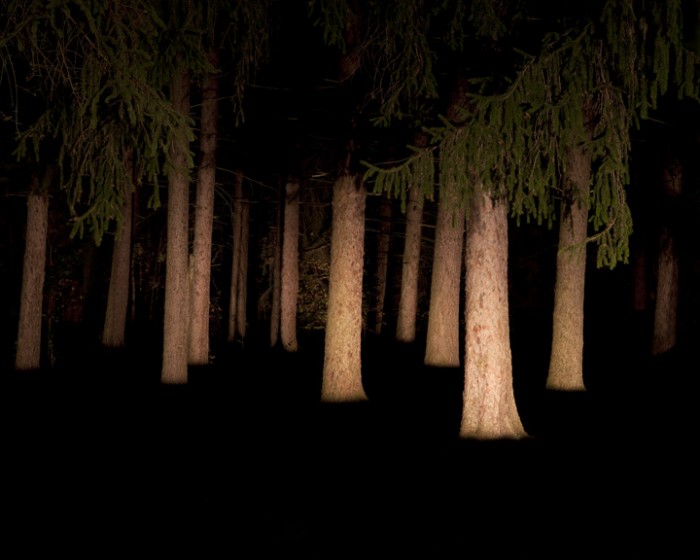
archival ink jet print
20" x 25"
2014
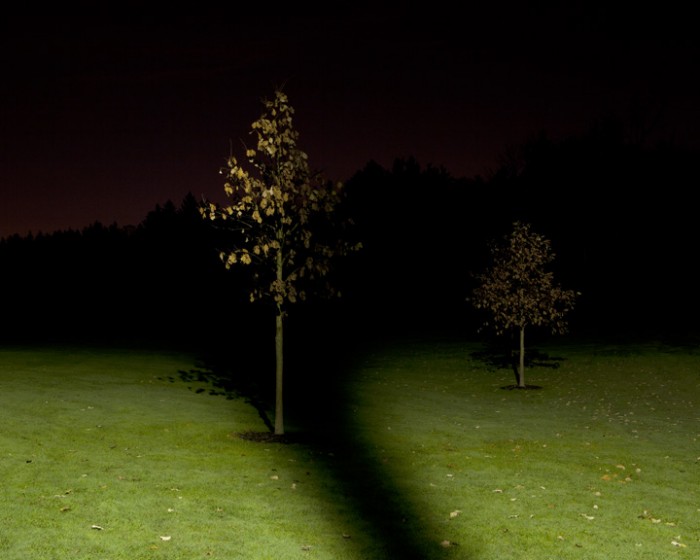
archival ink jet print
20" x 25"
2014
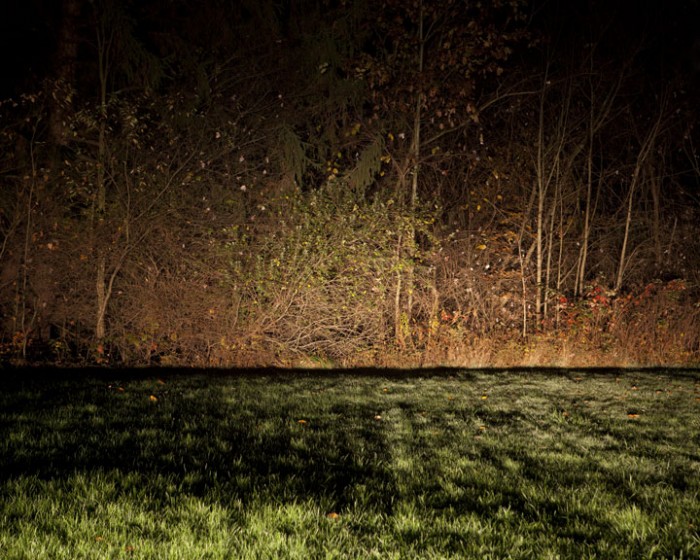
archival ink jet print
20" x 25"
2014
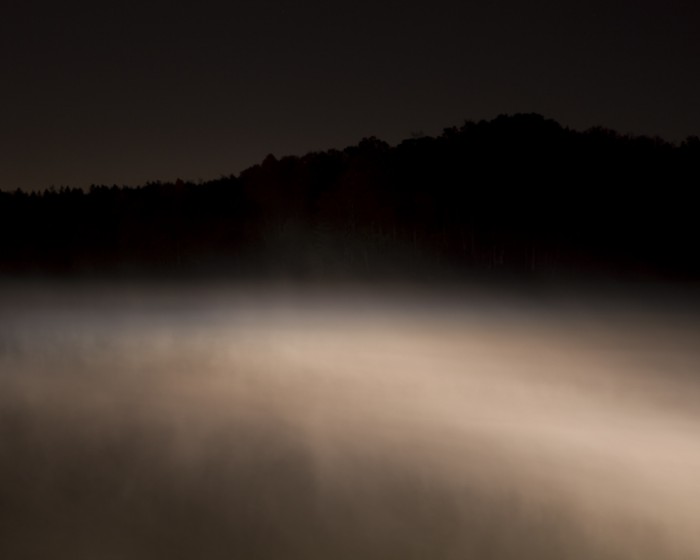
archival ink jet print
20" x 25"
2014
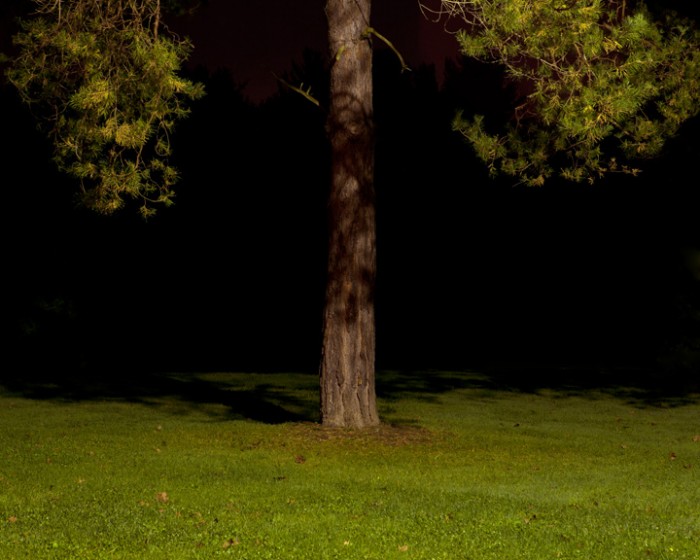
archival ink jet print
20" x 25"
2014